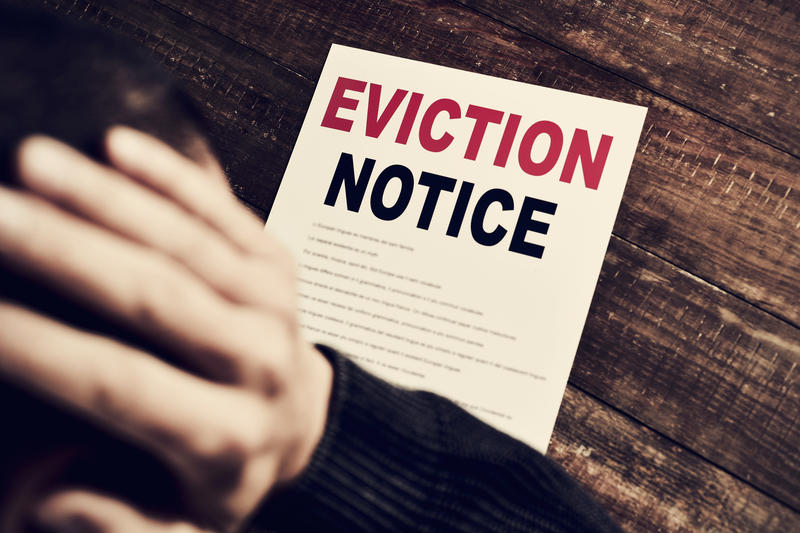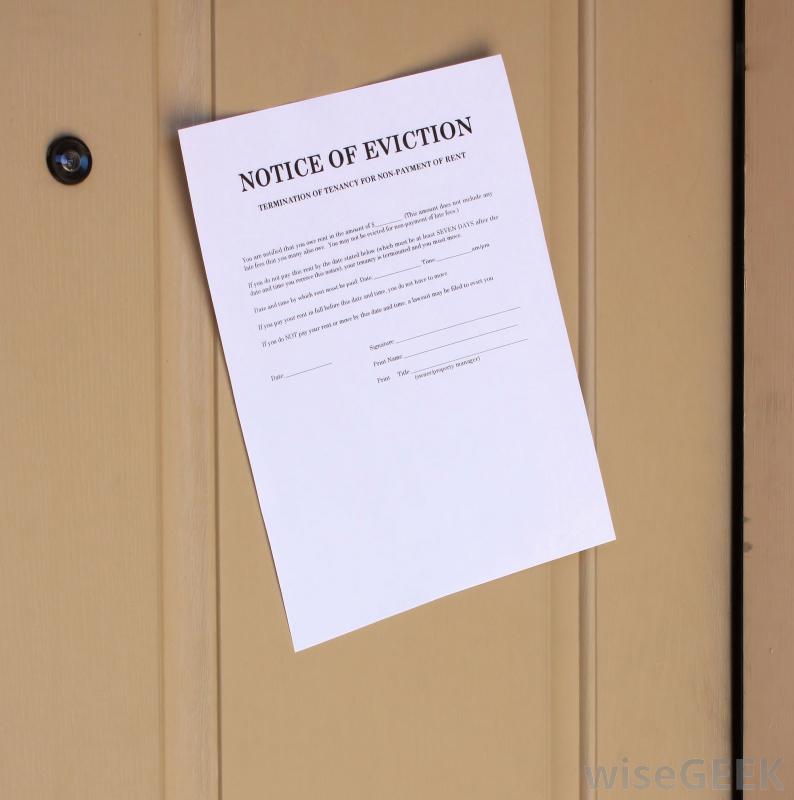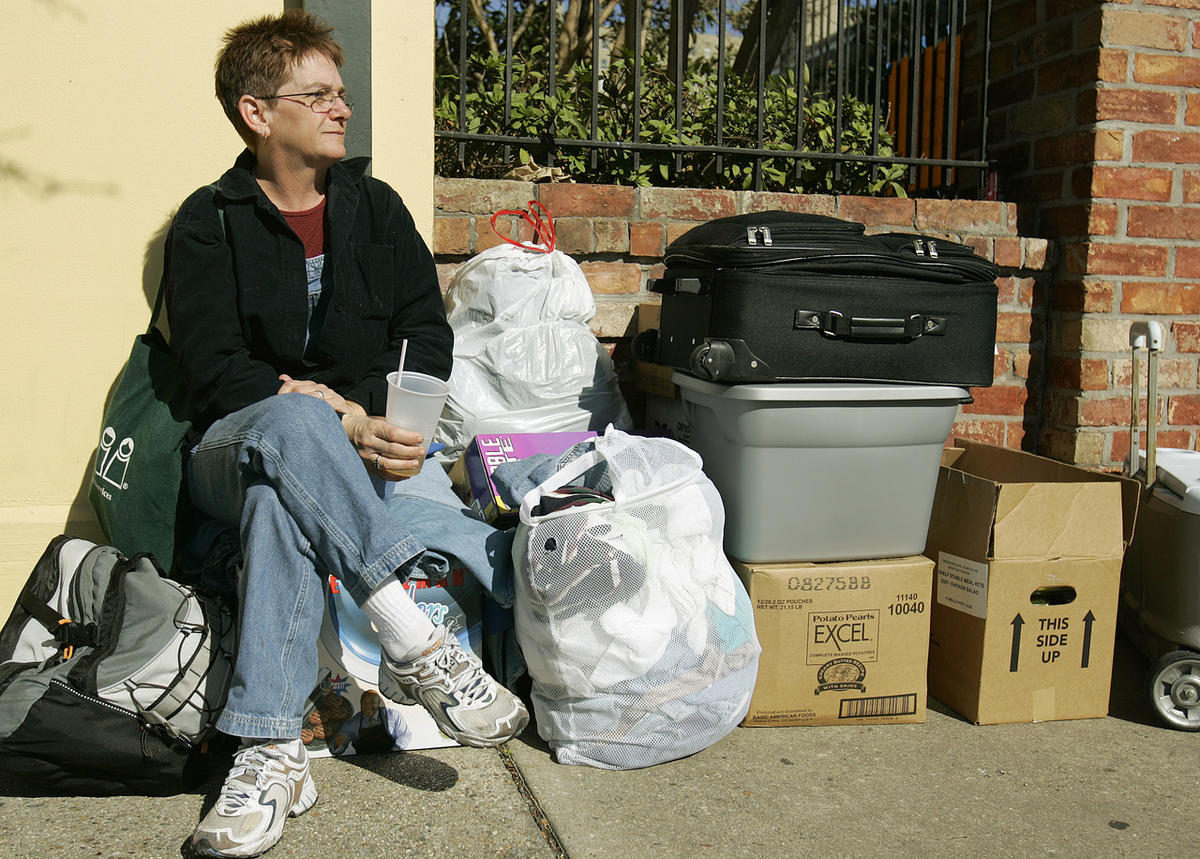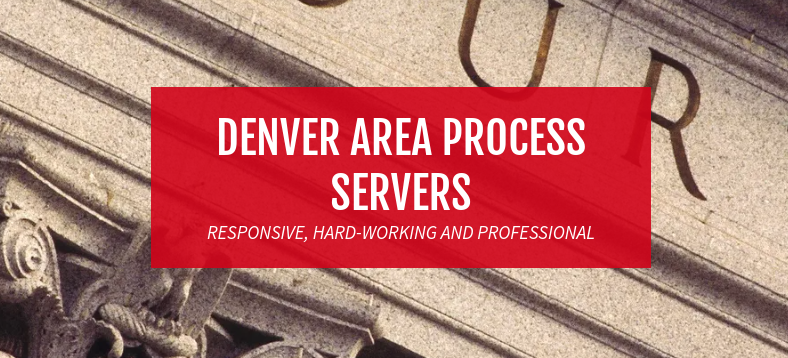Young Lawyer Fights Against Unjust Evictions In Durham
Young Lawyer Fights Against Unjust Evictions In Durham
Jesse Hamilton McCoy II was raised by a single mother in low-income neighborhoods in Vance and Durham Counties. Growing up in the late 1980s and 1990s, he witnessed the drug epidemic firsthand and remembers not being able to trust some adults in the community because of their addiction.
He always thought becoming a doctor would be his ticket to a different life, but a run-in with police in middle school set him on a new course. An officer accused him of throwing rocks, despite McCoy’s hands being full of groceries he was bringing home for his mom. Police whisked him into their car, flipped on the sirens and drove him around before dropping him off in front of a crowd of neighbors. The incident left McCoy feeling vulnerable and voiceless and inspired him to make a career of fighting against injustice.
Today McCoy is a housing lawyer, the James Scott Farrin Lecturing Fellow at Duke Law and supervising attorney for the Duke Law Civil Justice Clinic. He focuses on running a new eviction diversion program that aims to reduce the number of people forced out of their homes in Durham County. The program mediates between landlords and tenants, litigates on behalf of renters who are being mistreated and helps tenants understand their legal rights.
Host Frank Stasio speaks with McCoy about his upbringing, his path to fighting for housing justice, and what the Durham eviction crisis looks like on the ground.
INTERVIEW HIGHLIGHTS
On living in Henderson, North Carolina during the 1980s:
When we were living in Vance County, I always tell people I was blessed to see sort of the best of times and the worst of times … It was definitely a low-income area, but I remember when we first got there there were a lot of seniors, a lot of very nice people, folks would watch other people’s kids. And then one of the biggest changes was we had three factories, and two of those factories ended up closing, I believe, within a two week gap from each other. So people went from being pretty happily employed and communal to desperation kinda setting in. And this was in the ’80s at the same time where crack was being distributed within the community, and I got to see the rapid decline of an otherwise vibrant neighborhood.
On writing romantic comedies to impress his classmates:
I started writing in middle school for the reason that all teenage boys write: I wanted girls to like me … I did a lot of, like, romantic-comedy books, because there was this whole Eric Jerome Dickey phase. I [had] just met Eric Jerome Dickey. I thought he was the greatest guy in the world. He autographed my book, and I said: I want to be like him when I grow up. And so I wrote novels that basically showed different personalities that I always [encountered] in school, and I would just mix them together. And people would get a kick out of basically sending my book around to everybody in the class – there was only one copy of it, and they would try to identify who was their character.
On police mistreating him when he was in middle school:
I was coming back with a friend from getting groceries – we used to go to the grocery store on Saturdays for our moms to get whatever they needed us to get from their list … A police car pulls up, cuts on the siren, stops us, police gets out of the car [and] asks us why we were throwing rocks in the road. Now keep in mind our hands were full of groceries, we weren’t throwing rocks .. Quickly it escalated to the point where we were being stuffed in the back of a car, and we thought we were going to be arrested, but weren’t arrested. He just rode around with the sirens going off until there was a nice crowd of people in the neighborhood and then opened the door and let us out with a stern warning about: Don’t do this anymore. Don’t throw rocks. It was one of those situations where you could see the look of shame on everybody’s face, and it was so misplaced. We felt like we wanted to take a stand against what this officer did to us, but you don’t really have any mechanism to do that … It was one of those things where it felt like we were supposed to accept that this was the way it was going to be … I said to myself: I want to be in a position when I grow up where I can actually represent this community … So that was really when I shifted my career decision from being a doctor to wanting to be an attorney.
On the effects of being evicted and the need for the Durham eviction diversion program:
There are a number of collateral consequences. It will affect the school district that your kids go to if you’re no longer able to stay in that community. It can actually increase the rate of homelessness. It can affect your ability to get employment if you don’t have a stable address. So with all these things in the aggregate, what we said is: We needed to see what parts can we fix through the litigation process … We view our role as a problem solver to help people who want to come to the table and work out resolutions [to] do so, but we also view our role as that of, if a landlord is actively doing things that are in violation of the statute and does not wish to participate, we do have that option of being able to pursue litigation against those landlords…
Tags: Eviction Information, North Carolina Eviction Articles, Tenant Information





 We have seen some Notices that were defective Landlords when giving the Tenant a Notice to Quit or Other Notices there are times set for each notice.
We have seen some Notices that were defective Landlords when giving the Tenant a Notice to Quit or Other Notices there are times set for each notice. 












